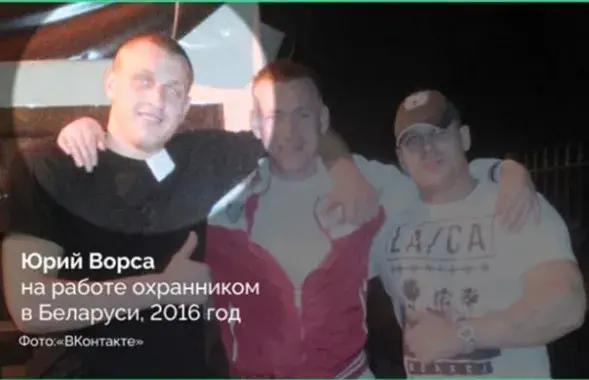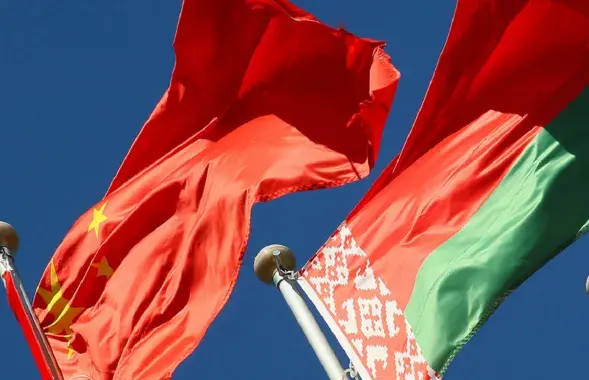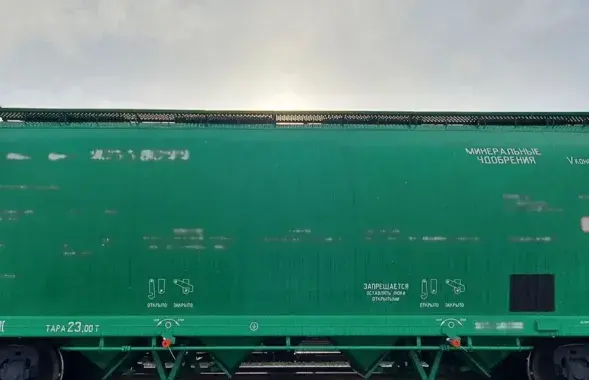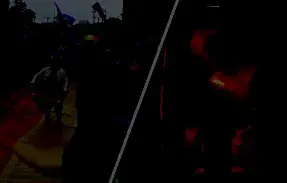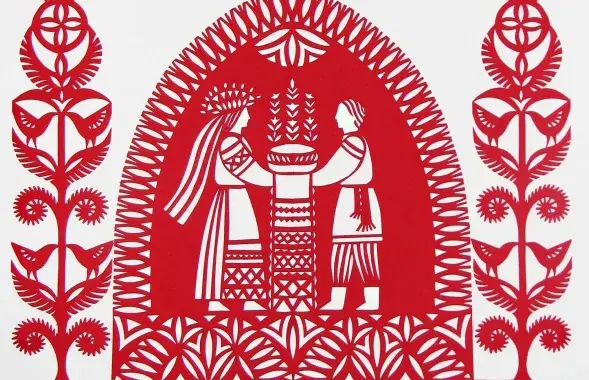Authorities dismantle crosses in Kurapaty memorial - key facts
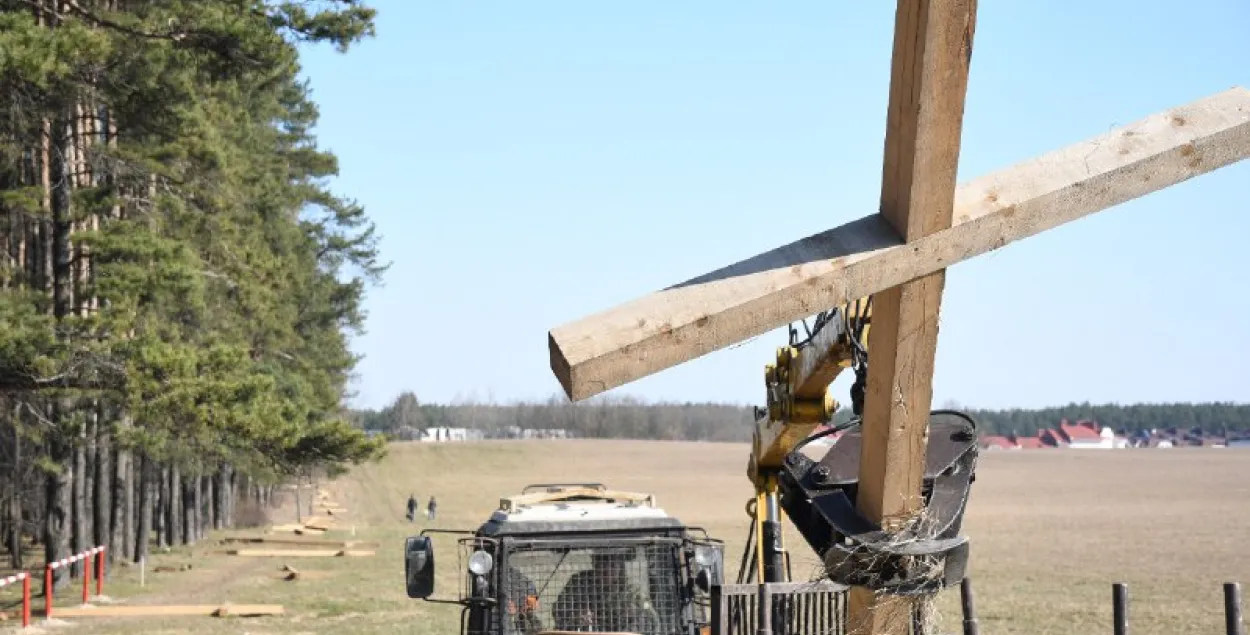
Heavy machines dismantling the crosses in Kurapaty/Roman Pratasevich, Euroradio
Authorities in Belarus on Thursday carried out a bold operation to dismantle as much as 70 wooden crosses mounted by activists in Kurapaty, the site of Stalin-era mass executions near the Minsk beltway.
Workers equipped with heavy-duty machines were seen in the morning hours dismantling the crosses, while the riot police sealed off the memorial around the perimeter and the access roads were blocked for traffic.
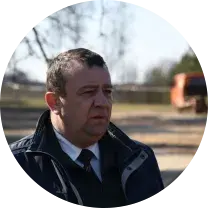
Aliaksandr Miranovich, director of Barauliany forestry – technically in charge of the plot – refused to comment to the reporters on the developments. Shortly after, the state-run news agency BelTA published his official statement:
"Scheduled works are being carried out to beautify the area, install a fence and remove the illegally installed objects in Kurapaty.”
President Lukashenka’s spokeswoman Natallia Esimant said in her comments to Nasha Niva newspaper that the works were being conducted in line with the order from the head of state.
"During the ‘Big Conversation’ on 1 March, the president promised that the territory of the Kurapaty memorial would be cleaned up. The orders were given to the relevant agencies. This site will be properly accommodated, because our people are buried there. But everything needs to be done according to our customs, religious traditions, according to the plan. Every effort will be put in to make this place look decently but with no politics involved,” Ms Eismant said.
Reactions from Orthodox and Roman Catholic Churches
Belarusian Orthodox Church spokesman Sergei Lepin told Euroradio he hopes that this is not the destruction of the memorial in order to free up land for the nearby restaurants. “We are alarmed by the developments. One should ask for an official explanation from the Ministry of Culture. They should know what is happening to cultural heritage sites. Hopefully, this is not about the destruction of the cultural heritage site for the sake of more space for restaurants or something like that.”
For more than a year, there has been a standoff between the activists and the owners of the Drive and Eat restaurant built several hundred meters from Kurapaty.

Roman Catholic Church’s spokesman Rev. Yury Sanko told Radio Liberty it was painful to see the crosses being dismantled, especially during the Lent. He added this had raised many questions.
“A cross is the key symbol of Christianity, the symbol of saving. The Archbishop said on many previous occasions that Kurapaty is our Golgotha, which cannot be mounted without a cross.”
Belarusian Roman Catholic Archbishop Tadeusz Kondrusiewicz later released a statement urging the authorities to stop dismantling the crosses.
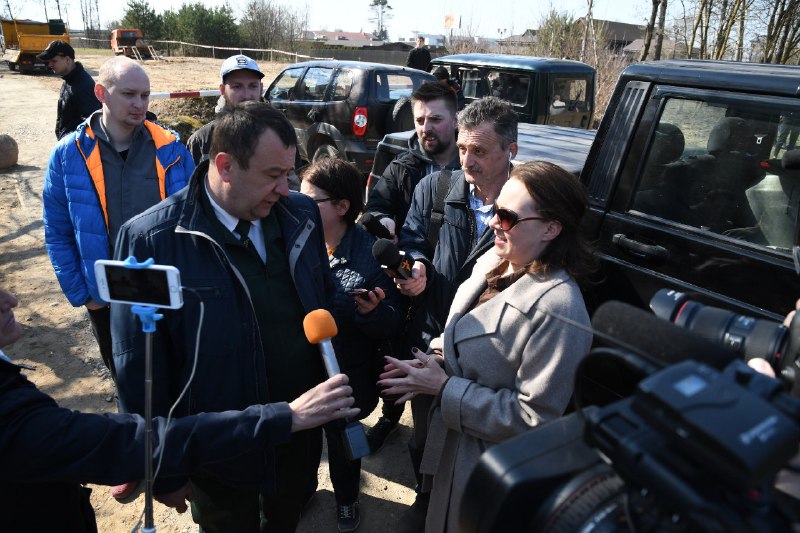
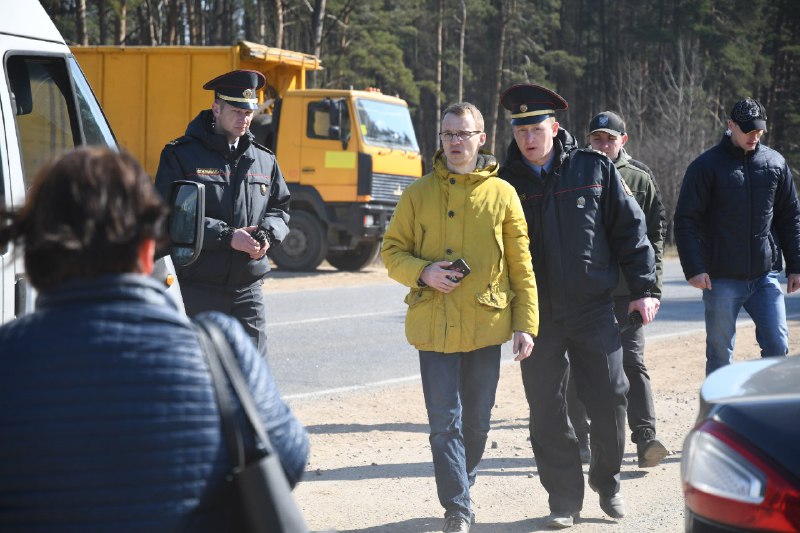
Background
The mass graves were unearthed in Kurapaty in the second half of 1980s when archeologists and historians were tipped off about human remains by kids playing in the forest. It was later confirmed that political prisoners, including many Belarusian intellectuals, were executed by Stalin-era security forces around 1937-1940.
Accounts by witnesses suggested that the executions were carried out in the Kurapaty Forest every day.
The exact number of buried victims is yet to be released because the Belarusian state security service KGB has refused to open up its archives. Full-scale excavations are yet to be carried out. Historians suggest between 30 000 and 250 000 victims could lie underneath.
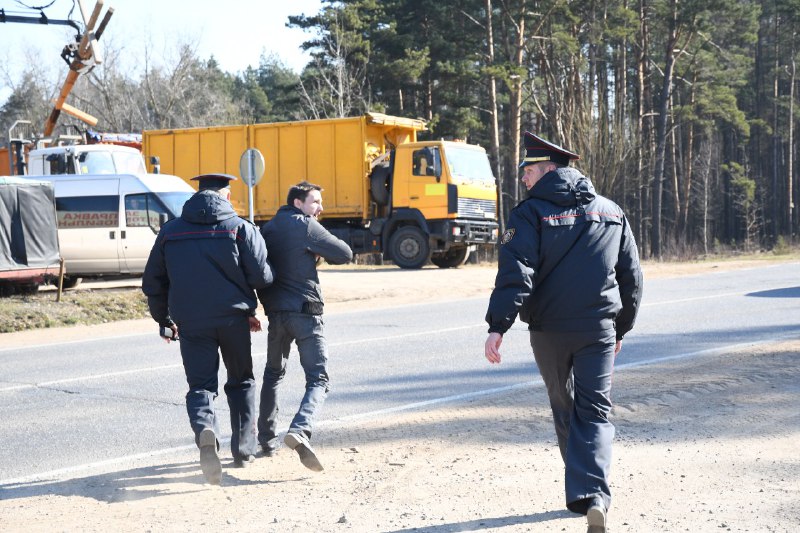
In 1993, Kurapaty was entered into the State List of Historical and Cultural Heritage Sites as a memorial to the victims of political repressions.
In 1994, US President Bill Clinton visited Kurapaty when on a one-day state visit to Belarus.
Belarus President Aliaksandr Lukashenka has never paid a visit to Kurapaty, despite reportedly passing the site on his way to the office.
Over the past 30 years, activists and relatives of the victims have mounted numerous wooden and metal crosses, thus, making the site a ‘people’s memorial.’
In November 2018, a monument approved by the Ministry of Culture was officially unveiled in Kurapaty.
[End]

